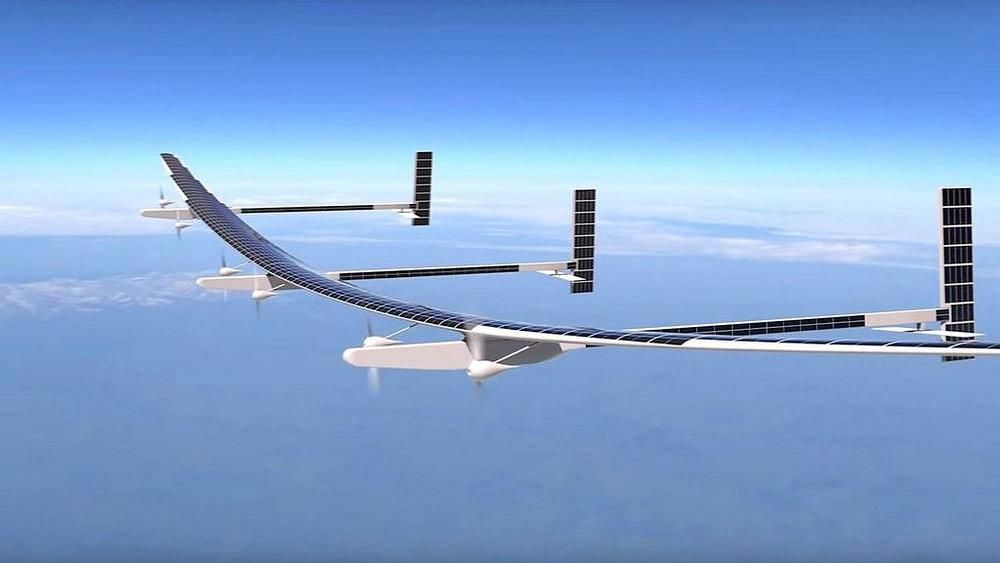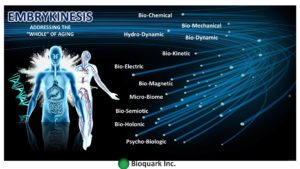Sir Aaron Klug, OM, who has died aged 92, won the 1982 Nobel Prize in Chemistry for his development of crystallographic electron microscopy and his work in charting the infinitely complex structures of chromosomes, the body’s largest molecules.
Human genes are made of nucleic acids such as DNA (deoxyribonucleic acid). The acids are too small to be seen with an ordinary microscope and too large to be studied by examining them under X-rays.





